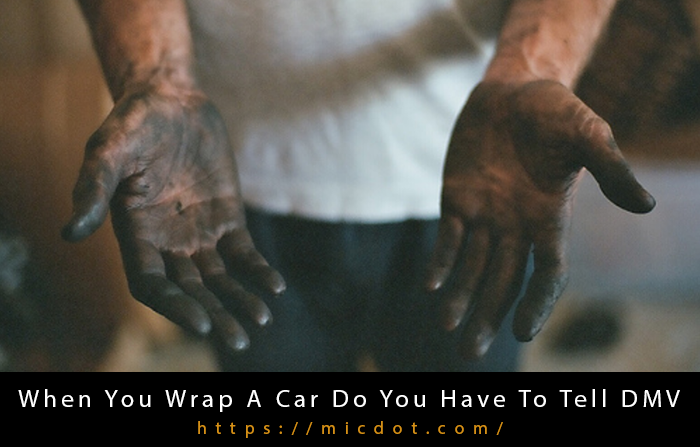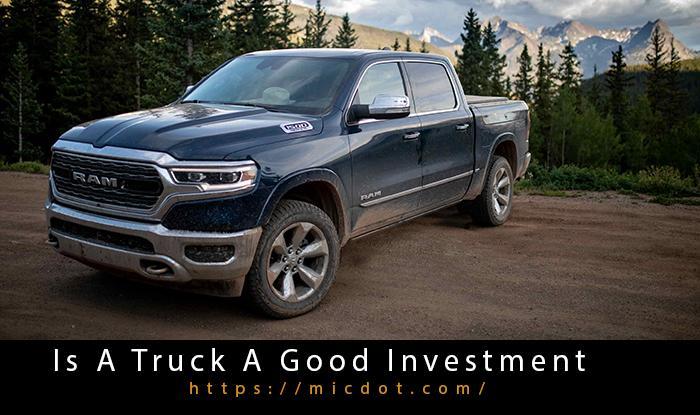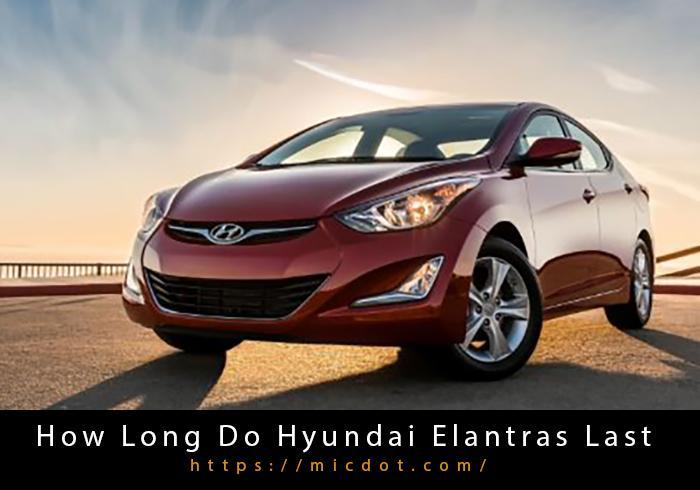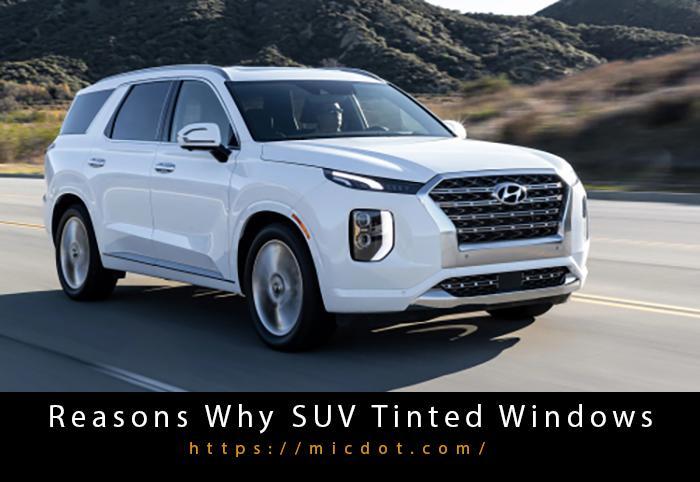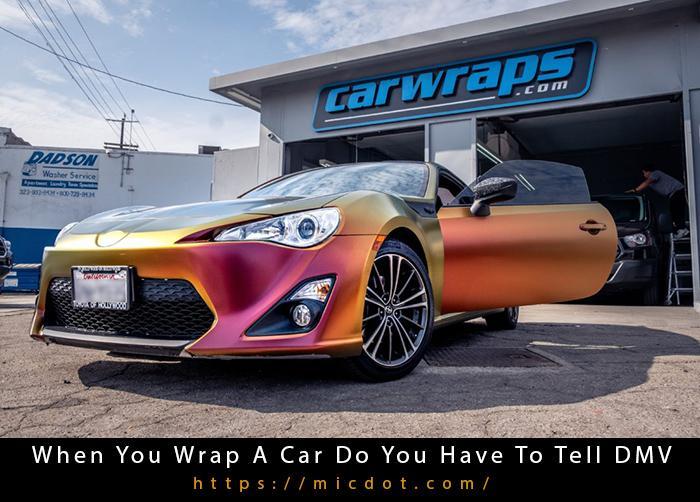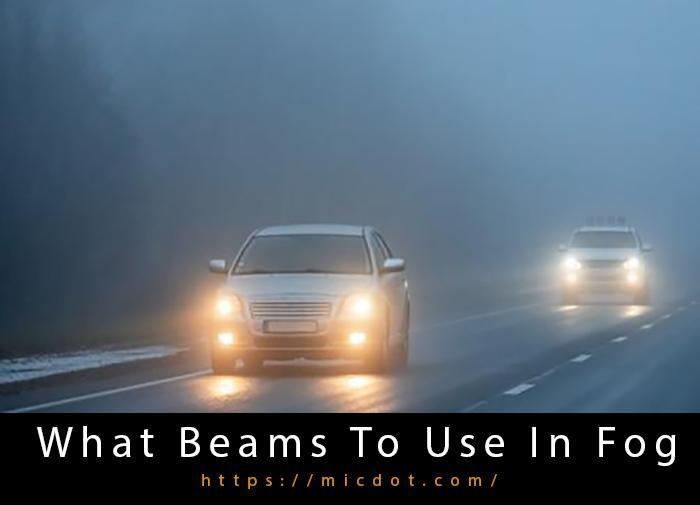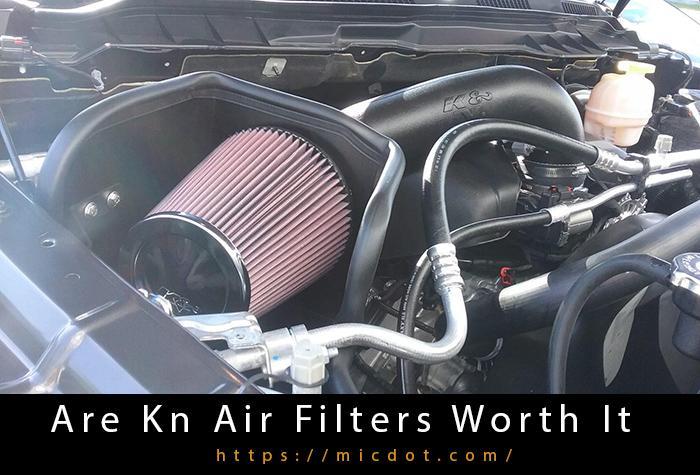Tires are often one of the most overlooked parts of your car, but they are one of the most important. Good tyres will give you better grip when you’re going fast, but they’re even more important when you’re trying to stop. So give this article about the best tyre brands for 2020 your full attention.
When you take care of your car, there are some things you can save money on. One of them isn’t tyres.
You Are Watching: Top Tire Brands That You Need Know Updated 04/2024
Mechanic’s Pick: Michelin

Even if you’ve never put Michelin tyres on your car, you’ve probably heard of them. They are made to last year after year, and a warranty backs that up. No matter where you buy your Michelin tyres, they come with a full warranty that is based on both mileage and age.
Even better, every Michelin tyre comes with a warranty for 3 years of roadside help. That means that if your tyre blows out on the highway within the first three years, Michelin will pay for it.
But even though the warranty and durability are great, what makes them stand out is the unique tread designs. The V-shaped tread gives better grip in snow, rain, sleet, sand, and just about any other weather. Michelin is the best brand when it comes to stopping.
The most annoying thing about Michelin tyres has always been how much they cost. Michelin tyres are some of the most expensive on the market, but they are worth every penny because they have new tread patterns that help you stop faster, last longer, and come with the best warranty protection.
Pros
Better grip for better stopping and speeding up
Up to 13,000 miles more than other brands
Warranty for mileage up to 80,000 miles.
Comes with 3 years of tyre roadside service.
Cons
Compared to other tyre brands, it’s pricey.
Most Versatile Tire Brand: Goodyear

Goodyear has the tyres you need, no matter what size or style you’re looking for. They have a wide range of tyres for everyday use as well as high performance. Just like Michelin, they have great treadwear warranties that cover up to 80,000 miles, depending on the type of tyre you buy.
Even though Goodyear tyres are more expensive than some other brands, they all come with free shipping, which helps to make up some of the difference.
Of course, stopping power is the most important thing about your tyres. Goodyear tyres deliver. They are right up there with Michelin and make tyres that are just as good as Michelin’s.
Pros
Guarantees on treads for up to 80,000 miles
Shipping is free.
a lot of choices
Cons
Still more expensive than other brands.
Best Value Brand: BFGoodrich
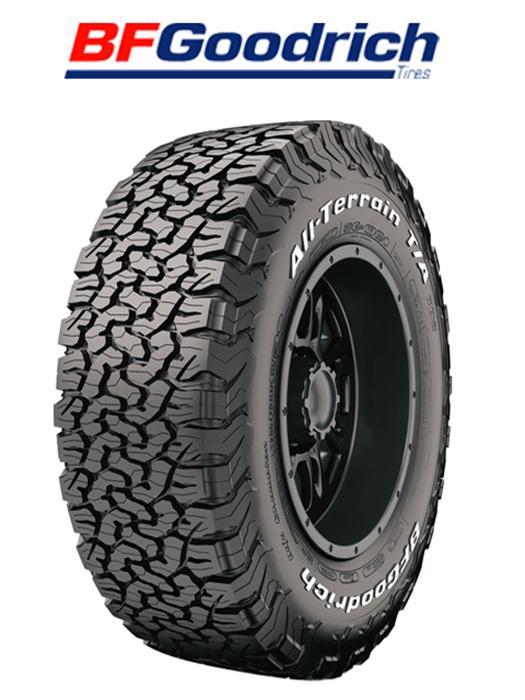
Even though BFGoodrich tyres have a long history, they were bought out by Michelin in 1990. Even though you’re still getting a great tyre, you’re getting Michelin’s cheaper brand. Michelin tyres are better, but BFGoodrich tyres are still good, and you can buy them for a lot less money.
They still have great grip and traction, and they come with great warranties on treadwear. The biggest problem with BFGoodrich tyres is that they don’t have many choices, especially for high-performance tyres.
Read More : How To Disengage 4 Wheel Drive Ford F150 Updated 04/2024
That’s because when they become high-performance tyres, Michelin puts their name on them, and the price goes through the roof.
Pros
A lot of guarantees
Priced within reach
Tires give you a lot of grip.
Cons
Not many choices
Value Brand Runner Up: Dunlop
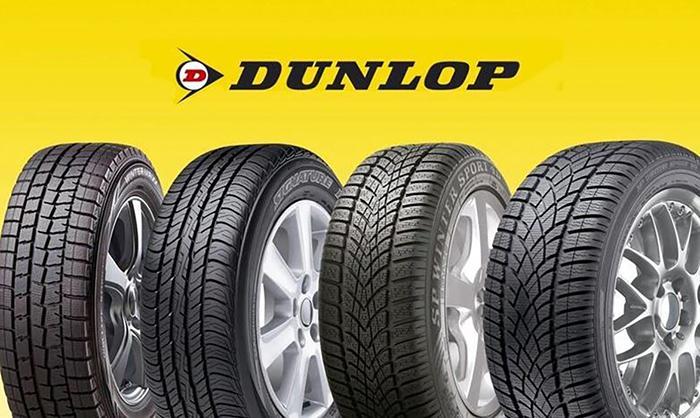
Dunlop is the discount tyre for Goodyear, just like BFGoodrich is for Michelin. Even though they are similar to BFGoodrich in almost every way, their tread design is old and doesn’t do a good job of moving heat.
This makes the tread wear out faster, but Dunlop makes up for some of these worries by giving a warranty of at least 40,000 miles on every new tyre they sell. Dunlop tyres have great stopping power, and it would be hard to find a reliable brand with a better price.
Pros
Very affordable
All tyres have a warranty of at least 40,000 miles.
Good stopping power
Cons
Tires wear out faster because they can’t transfer heat as well.
Honorable Mention: Bridgestone

Bridgestone tyres are great, but neither Michelin nor Goodyear tyres are as good. They come with warranties for up to 80,000 miles, which is a very long time. Also, they have a huge selection of tyres to choose from. Bridgestone makes tyres for everyone, whether you want tyres to save gas or tyres that can handle the racetrack and still stop on a dime.
They use cutting-edge technology to get the most out of their tyres and have a special feature that helps keep tyres from blowing out after getting a hole. With this cutting-edge technology, you can drive up to 50 miles at 50 miles per hour with a flat tyre. Don’t get stuck on the side of the road again!
Pros
Up to 80,000 mile warranties on tread life.
Hundreds of tyre choices
Not easily blown out
Options for both saving gas and getting the job done
Cons
Pricey, and it’s not even a Michelin or Goodyear.
Buyer’s Guide
You might be a little worried about finding the right tyres for your car, given how important they are. Just keep reading and don’t worry about it. We’ll take you by the hand and show you everything you need to know. So, you can stop thinking about your tyres and put your attention back on the road.
Why Your Brand Matters
Every brand we’ve talked about here is great. Really, any of them would be a good choice. Now, if you try to put on your car some cheap knock-off tyres from a company you’ve never heard of, you’re in for some trouble.
They are cheap for a reason. Either they won’t last long or, even worse, they won’t give you the grip you need to stop on a dime. No matter how big and strong your brakes are, they won’t work. If your tyres don’t have good grip, you’ll just slide all over the place.
Read More : How Long Does It Take To Wax A Car Updated 04/2024
You can save money in some places, but not on your tyres. Choose a brand you know you can trust. It’s not worth taking a chance.
Finding Your Tire Size
Your tyre size is the same no matter what brand you choose. It is the same for everyone and looks like this: P245/75R17. You can look at the side of your current tyres to see what size they are, but a better place to look is in your door jam.
So, if someone ever puts the wrong size tyres on your car, you won’t keep putting on the wrong size tyres. But what do all those numbers mean, and why are they important?
The first letter, “P” in our example, tells us how much weight the tyre can hold. Most of the time, you’ll see a “P” or a “LT” next to trucks and cars that belong to one person. “P” stands for cars, and “LT” stands for light trucks. Tires marked “LT” can carry more weight and usually need to be inflated to a higher psi.
In our example, the first number, 245, tells you how wide the tyre is in millimetres. In our example, the second number is 75, which is the tire’s height to width ratio. The number 75 on a tyre means that the height is 75% of the width.
The second letter in the size of a tyre tells you how it is made. Modern tyres usually have a “R” here, which stands for “radial.” However, this isn’t always the case, and you might see a different letter on bias or other types of tyres.
The last number in the size tells you how many inches wide the tire’s rim is. The diameter of the wheel is the same as the size of the rim. Remember that the first number is in millimetres and the second number is in inches.
What Sizes you Can Change – And the Ones You Can’t
Most of the time, it’s best to keep the tyres on your car at the size recommended by the manufacturer. However, if you know what you’re doing, there are some sizes you can change a little bit.
The Ones You Can Change
Most of the time, people change the width of their tyres. For example, if your first tyre was a 245, you might change it to a 235 or 255.
You’ll just have to make sure that when you turn, your tyres don’t touch any part of the wheel well. Unless they do, you should be fine. But don’t change the width of the tyres by more than 10 to 20 millimetres from what the manufacturer recommended.
The same general rule applies to the height to width ratio of the tyre. As long as the tyre doesn’t rub against anything, you can make small changes here, but you shouldn’t make any big ones.
Don’t Mess with These Sizes
Don’t change the size of the rim. The new tyre really won’t fit. You’ll either have a tyre that doesn’t fit tightly on the rim and can’t be inflated, or you’ll tear the tyre trying to get it over the rim. Don’t try to change this size.
Don’t buy a “P” load range tyre for your car if it needs a “LT” load range tyre. Your tyres can’t handle the weight you’re putting on them, so you could blow a tyre. But you can put “LT” load range tyres on a vehicle that needs “P” load range tyres, even though the “LT” tyres will cost more.
Durability or Performance?
In a perfect world, you would get both, but most of the time, you have to choose between the two. That’s because the more your tyre grips the road, the more it rubs against the road, which makes it wear out faster. Even though you need to find a tyre that doesn’t wear out too quickly, you don’t want to get one that lasts forever but doesn’t grip the road well.
So, when buying tyres, the most important thing to think about is how well they stop, not how long they will last.
Don’t Change them Yourself
Putting on the spare tyre is different from changing the tyres. That’s because you don’t get new rims when you get new tyres. A special tyre machine is used to take the old tyre off the rim, and the same machine is then used to put the new tyre on.
Without that machine, changing a tyre is a very hard job that often leads people to do things that aren’t safe. If you buy your tyres there, most places will change your tyres for free. Take them up on their offer. If you don’t, it won’t be worth the trouble.
Change the Axle Together and Never Mix Tread Patterns
Don’t ever change a tyre. At the very least, you should change all the tyres on the same axle so that they wear evenly. Even wear on your tyres does more than just make them last longer. They also make braking and speeding up more even.
Also, it would be best if you never put together different tread patterns. Mixing tread patterns can make it hard to speed up or slow down. Even though it might not seem like much, if your car pulls in different directions, it is very easy for this to cause an accident.
What Tire Warranties Don’t Cover
The treadwear warranty is great because it lets you know that the tyres you bought are of good quality and will last. But warranties on treadwear do not cover everything.
Only normal wear and tear is covered. This isn’t covered if you hit a nail or get a flat tyre because of something in the road. If you just bought a new set of tyres, this can be a huge pain. But the warranty will cover any flaws in the way the product was made.
The Final Verdict
The tyres on your car are expensive, but they are also one of the most important safety features in your car. Doing your research and spending a little extra on a good set of tyres can make the difference between barely avoiding an accident and sliding into the car in front of you at 30 miles per hour.
Not every tyre is made the same. Spend the extra money now to get a good set of tyres for your car. This will give you peace of mind and keep you safe.
Sources: https://micdot.com
Category: Car

